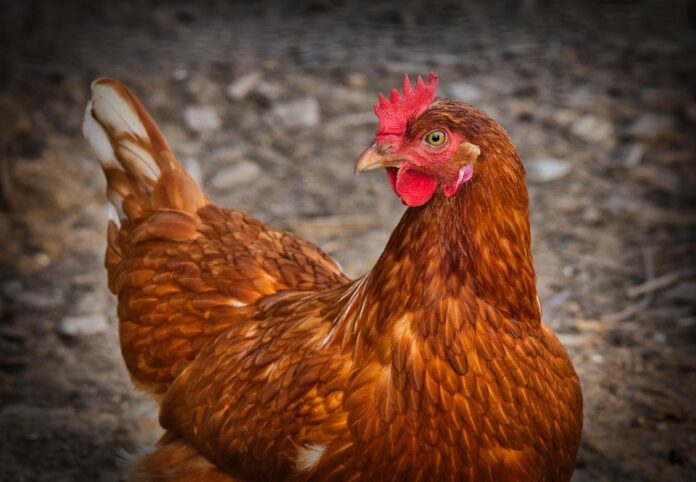Introduction
The global poultry industry plays a significant role in the economy, providing food security, employment, and income generation for millions of people worldwide. However, recent tariffs and trade policies have had a substantial impact on the industry. In this report, we will explore the top 10 economic impacts of poultry tariffs and trade policies.
1. Decreased Export Opportunities
Poultry tariffs and trade policies have led to decreased export opportunities for poultry producers in various countries. This has resulted in a decline in revenue for these producers, impacting their profitability and sustainability.
2. Increased Production Costs
Tariffs on poultry imports have led to increased production costs for domestic poultry producers. Higher costs of raw materials and feed have squeezed profit margins and made it challenging for producers to compete in the global market.
3. Disruption of Supply Chains
Tariffs and trade policies have disrupted poultry supply chains, leading to inefficiencies and delays in production. This has resulted in higher costs and reduced productivity for poultry producers, affecting the overall economy.
4. Price Volatility
Poultry tariffs and trade policies have contributed to price volatility in the market. Uncertainty surrounding trade agreements and tariffs has led to fluctuating prices for poultry products, impacting consumer purchasing behavior and overall market stability.
5. Job Losses
The imposition of tariffs on poultry imports has resulted in job losses in the poultry industry. Reduced export opportunities and increased production costs have forced some producers to downsize or shut down operations, leading to layoffs and unemployment in the sector.
6. Reduced Competitiveness
Poultry tariffs have made domestic producers less competitive in the global market. Higher production costs and limited export opportunities have hindered the growth and expansion of poultry businesses, impacting their ability to compete with foreign producers.
7. Impact on Small Farmers
Small poultry farmers have been disproportionately affected by tariffs and trade policies. Limited resources and access to markets have made it challenging for small-scale producers to cope with increased production costs and reduced export opportunities, putting their livelihoods at risk.
8. Trade Deficits
Poultry tariffs have contributed to trade deficits in countries heavily reliant on poultry imports. Higher tariffs on imported poultry products have resulted in increased import costs, widening trade deficits and putting pressure on the economy.
9. Consumer Impact
Poultry tariffs and trade policies have had an impact on consumers as well. Higher prices for poultry products have squeezed household budgets, leading to changes in consumption patterns and preferences. This has affected overall consumer spending and economic growth.
10. Market Uncertainty
The implementation of tariffs and trade policies has created market uncertainty for poultry producers. Fluctuating trade agreements and changing tariff rates have made it difficult for producers to plan and invest in the long term, affecting the stability and growth of the industry.
[Read More: Global Poultry Industry Report 2025: Trends, Challenges, and Future Outlook Across the Value Chain]




